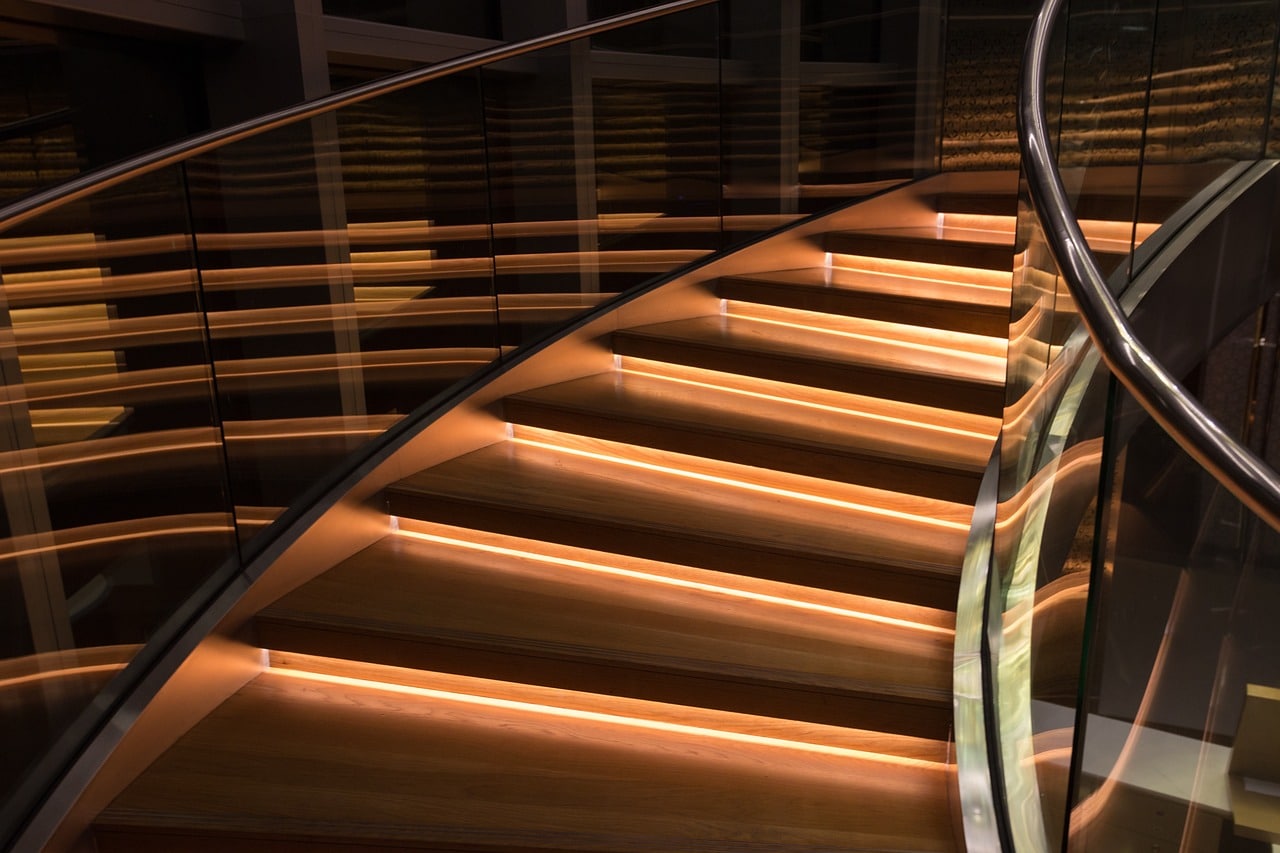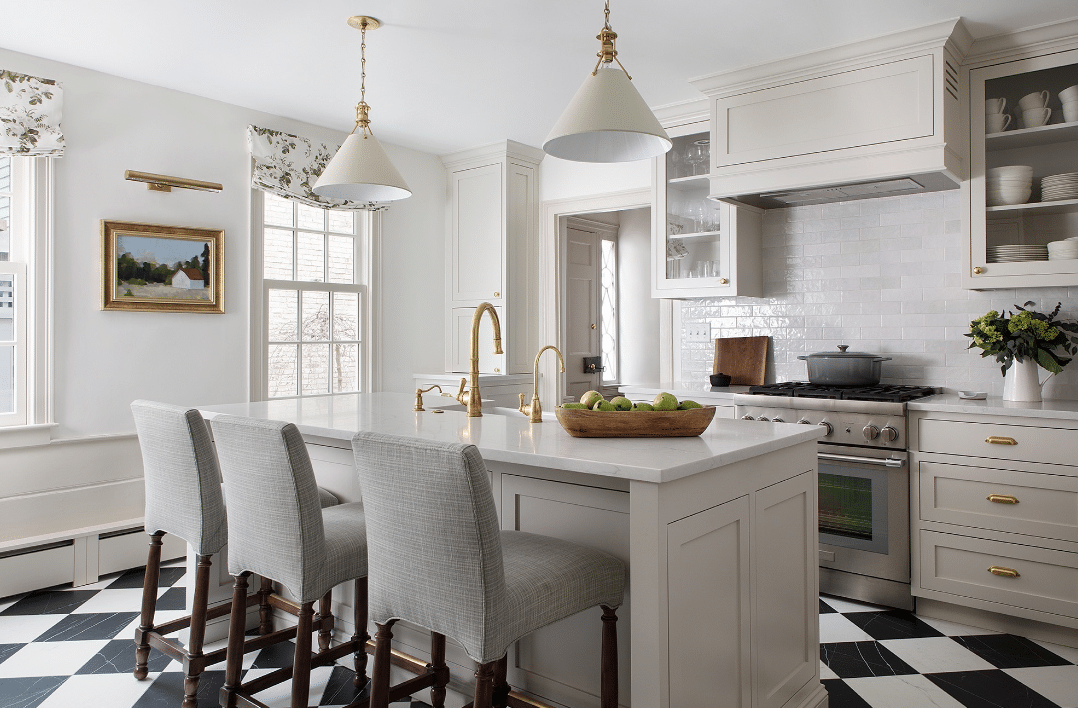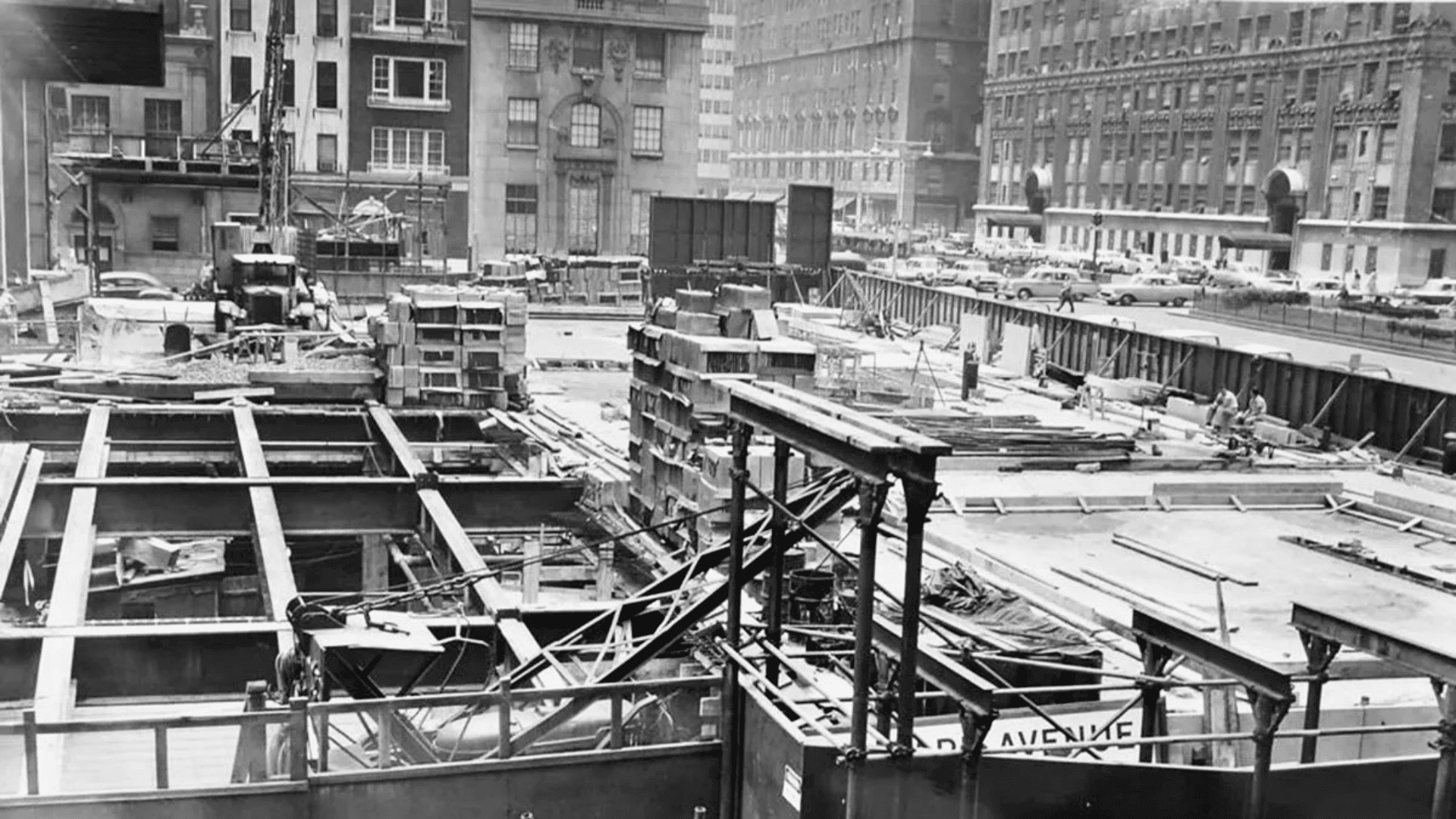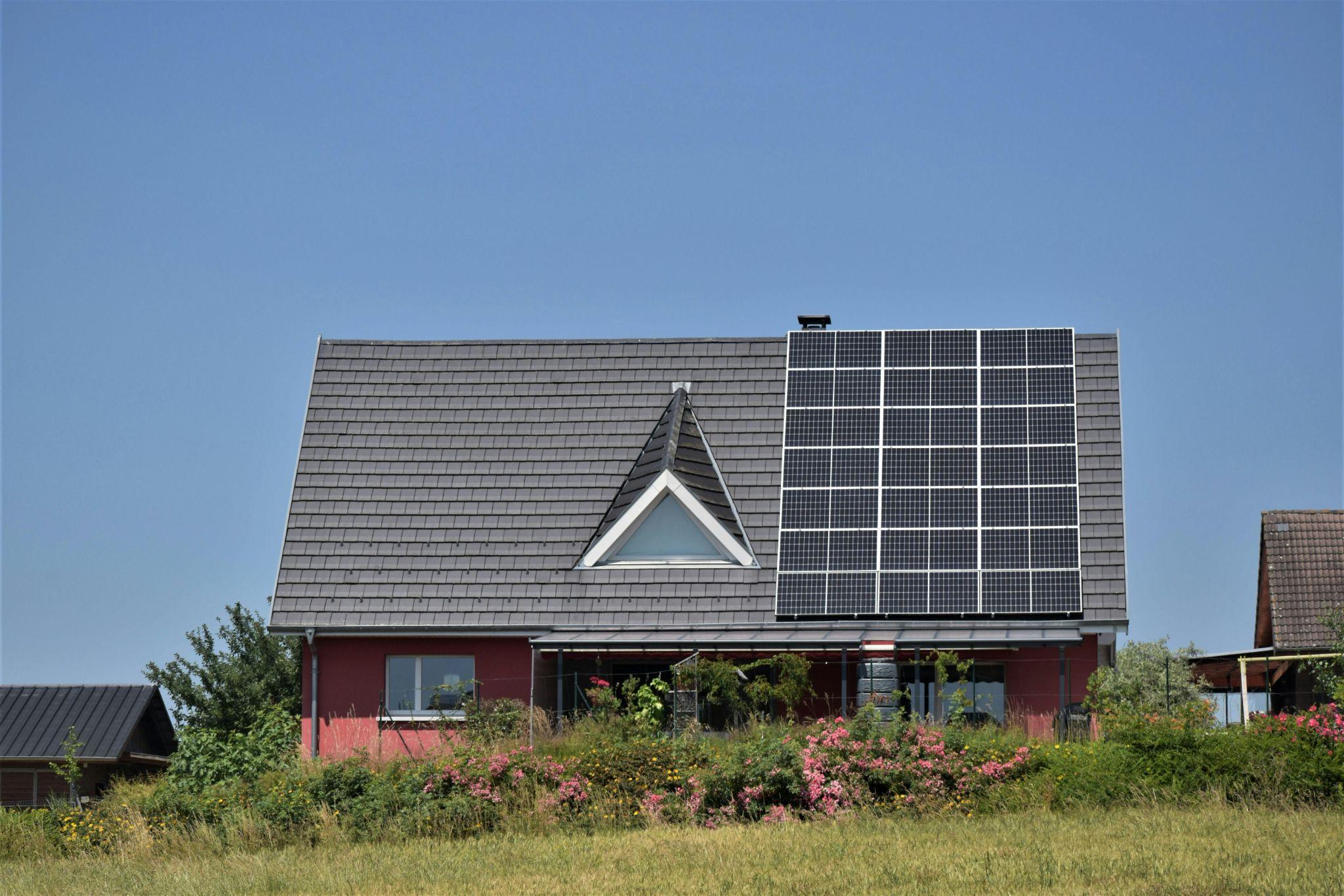What Are the Benefits of Glass Curving in Home Design?
With home design, the incorporation of glass curving is a trend that has been gaining considerable popularity.
Glass curving, a process where glass is shaped into smooth, curved forms, is a testament to both technological advancement and creative architectural expression. This technique is not just about aesthetic appeal; it’s about redefining spaces, enhancing natural light, and introducing fluidity in design elements. Curved glass units are meticulously crafted in kiln baths, where the glass is heated rapidly and molded over metal templates to achieve the desired curvature, offering a unique blend of artistry and engineering.
Contemporary Aesthetics
The primary allure of glass curving in home design lies in its ability to elevate the overall aesthetic of a space. Curved glass introduces a sense of modernity and sophistication that flat glass or other materials simply cannot match. One of its most striking applications is in the form of skylights. These curved glass features not only serve as stunning visual elements but also play a practical role in bringing natural light into the home, creating an airy and open atmosphere.
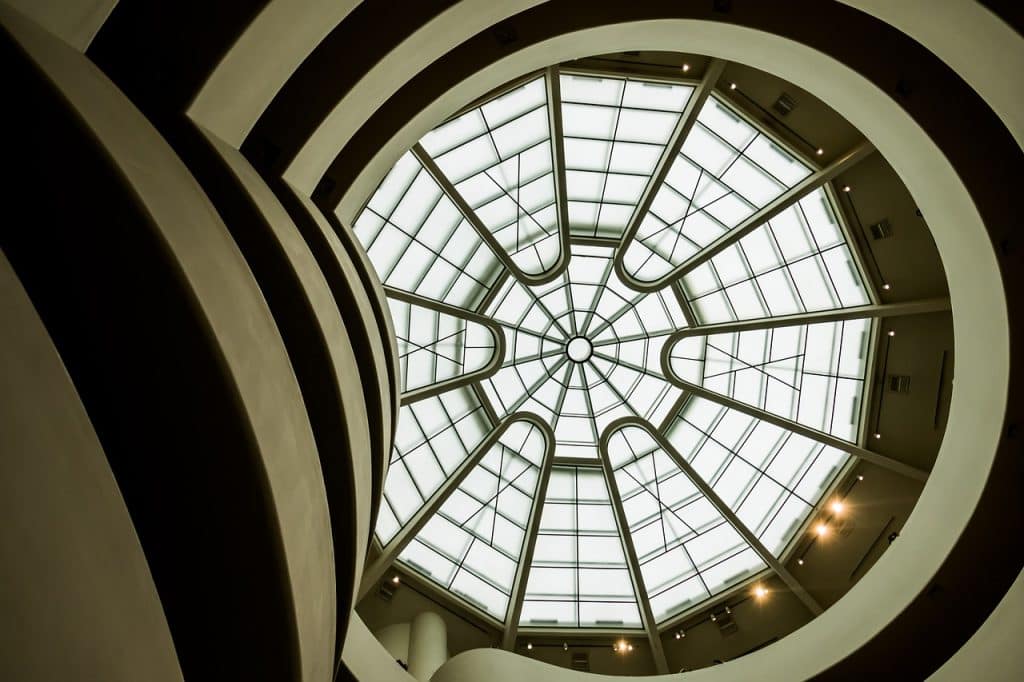
This infusion of natural light is more than just a visual perk; it has significant psychological benefits, enhancing the mood and well-being of the residents. Additionally, the seamless nature of curved glass complements other design elements, allowing for a cohesive and integrated architectural language that resonates throughout the home.
Strength and Durability
Contrary to what one might assume, the curved shape of glass does not compromise its strength. In fact, the process of curving glass often enhances its durability. The controlled heating and molding process in kiln baths not only shapes the glass but also tempers it, increasing its resistance to stress and impact. This makes curved glass a reliable material choice not just for its aesthetic qualities but also for its robustness and longevity.
The strength of curved glass is particularly advantageous in areas prone to harsh weather conditions or where safety is a paramount concern. Its ability to withstand environmental stressors without compromising on design makes it an ideal choice for modern homes that seek both functionality and style.
Versatility in Design
The versatility of curved glass opens up new avenues in architectural design. From elegant staircases that seem to flow effortlessly between floors to outdoor fixtures that blend seamlessly with the natural landscape, curved glass can be adapted to a multitude of design needs and improve curb appeal. It also serves as an excellent material for creating partitions within homes, offering a sense of separation while maintaining an open and connected feel.
This versatility extends to the variety of shapes and sizes that curved glass can be molded into. Whether it’s a subtle curve for a corner window or a bold, sweeping arc for a statement piece, the possibilities are nearly endless. This adaptability allows architects and designers to push the boundaries of traditional design and explore new, innovative ways to enhance living spaces.
Conclusion
The benefits of incorporating glass curving into home design are multifaceted. It’s not just an aesthetic choice; it’s a functional, durable, and versatile material that can transform the way we perceive and interact with our living spaces. The unique properties of curved glass, from its ability to diffuse natural light beautifully to its strength and adaptability, make it an ideal choice for contemporary homes.
As architectural techniques and materials continue to evolve, the use of curved glass in home design is likely to grow, continually reshaping the way we think about space, light, and form. Its ability to blend the boundaries between indoor and outdoor spaces, along with its contribution to creating more organic, fluid living environments, positions curved glass as a pivotal element in modern home design.

